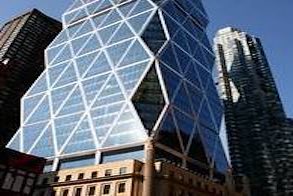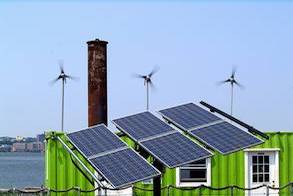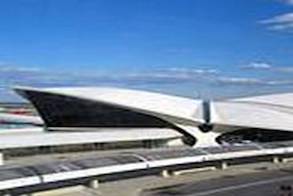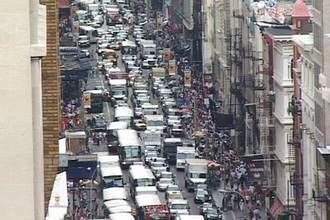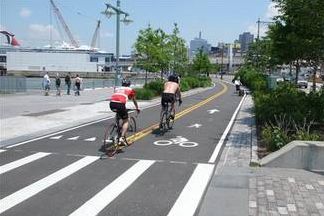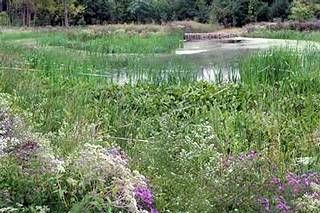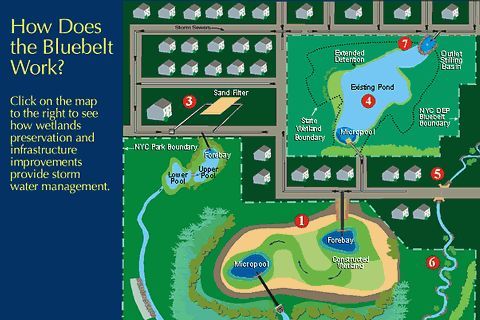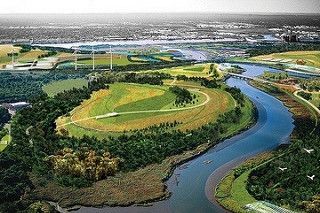New York City is preparing to significantly improve its transit capacity for mass transit, including improving the quality of service for mass transit, expanding service coverage, promoting cycling and taxing traffic congestion. In 2008, the New York City Department of Transportation proposed the Sustainable Streets project, which includes 164 action options such as the select bus service, Green Light for Midtown, complete bicycle lanes, increase the community's public square and more. In the future, more car-sharing programs within the Ministry of Transport will be developed, as well as cities like Paris to follow the example of expanding public bicycle rental services. New York City Department of Transportation official car using car sharing program. During office hours, 25 cars will be used by departmental public servants. At night and on weekends, there is a general public participation program. In addition, the cars used are low-emission hybrid cars, as well as small van and motorhome. It is hoped that through this project, the department's carbon footprint and parking space will be reduced and more people will be encouraged to participate in this environmentally friendly and money saving project.
